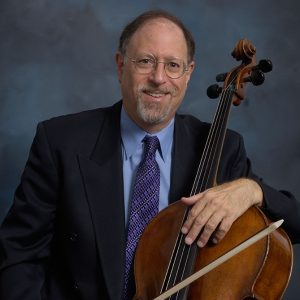
100 Cello Warm-Ups and Exercises Blog 3: Stretches Part 1
Robert Jesselson
I think that most people understand the importance of stretching before (and after) playing an instrument. I like to say that we are athletes: we are “small muscle” athletes involving the fingers, wrists, and arms. But actually playing the cello really involves the entire body. Whether it is a matter of producing sound from the lower back, or being physically expressive with our movements, we need to make sure that we are using our bodies in the best possible ways. Just as with any athletic use of the body, we need to make sure that our muscles are warmed up well before we start playing – and that we “cool-down” afterwards. Warming-up helps by increasing blood flow and oxygen to the muscles, reducing the possibility of soft-tissue injury, and lubricating the joints. The cool-down after playing helps by removing lactic acid and other toxins from the muscles, and it will help to reduce muscle soreness.
Here are a few of my favorite stretches, starting with some of the larger muscles of the back and shoulders, and then moving to the wrist and fingers. I like to alternate among these stretches, spending a several minutes a day doing a few of them with repetitions.
Many people do stretches as a regular part of their day unrelated to playing an instrument. Here are a few standing stretches that I find useful:
Since tendonitis is so prevalent among string players, it is wise to address the potential for this kind of injury before it happens. I am proud of the fact that because of our focus on healthy ways to use the body in playing the cello, virtually none of my students have experienced tendonitis. If students start to have any issue with pain we address it immediately by analyzing the cause – whether it is poor body usage, “kinks” in the arm or wrist, tension, etc. The “anti-tendonitis” stretch helps to prevent injury since it deals specifically with the wrist and forearms by stretching and warming the muscles and tendons before playing:
In Part II, next week, I will present some stretches for the wrist and fingers.
Subjects: Practicing, Technique
